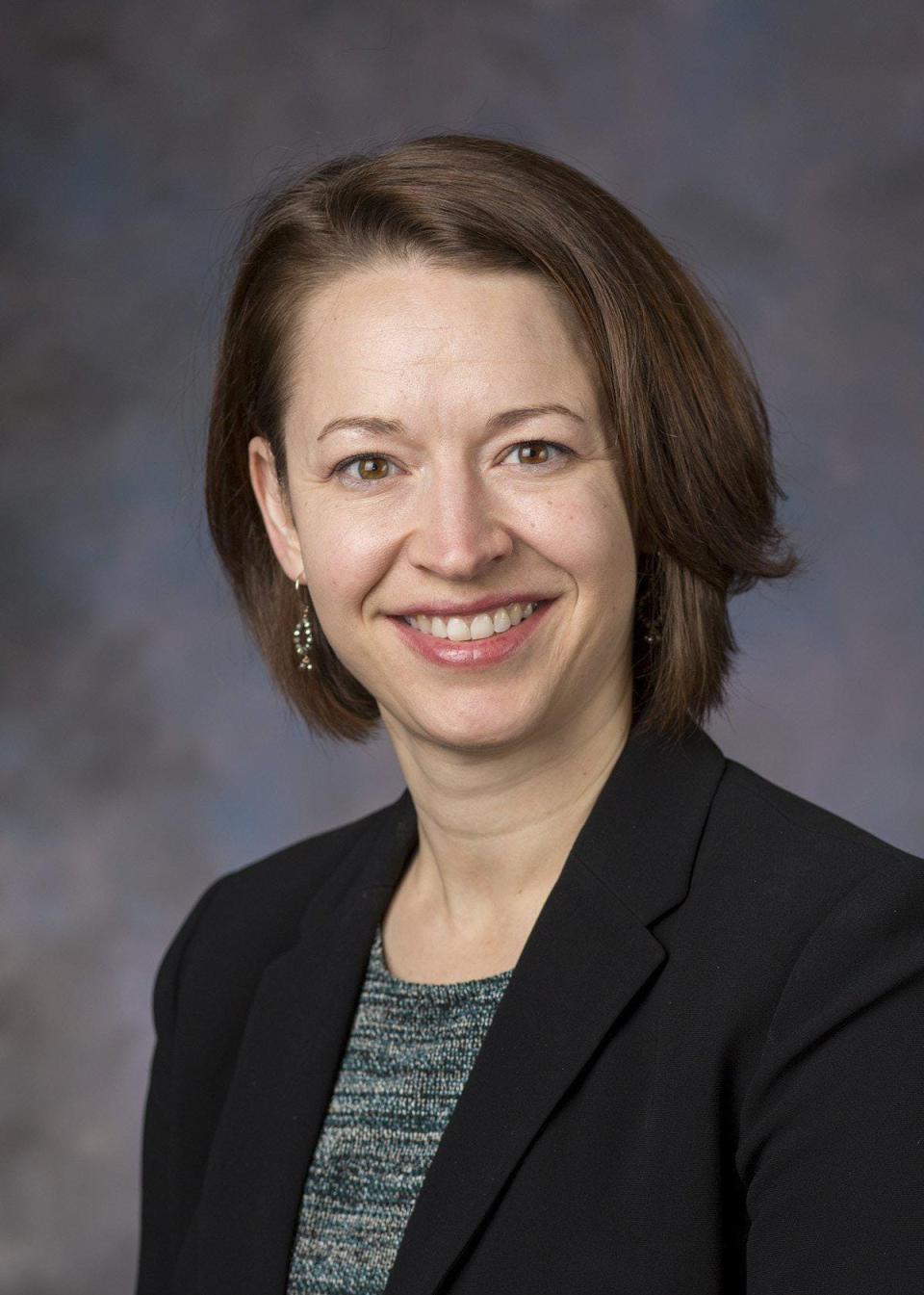Pediatric research: Researchers should write in plain language for all to understand
One of the many, many things happening in the news these days is a resurgence of the conversation around access to published research.
On Aug. 25, the White House Office of Science and Technology Policy released a memorandum revising guidelines for access to federally funded research. The new guidelines say that by Dec. 31, 2025, papers and data derived from federally funded research must be made publicly available immediately upon publication. The term for publicly available publications is “open access.”
The big change in this revised policy is timing. Currently, publishers can keep new publications supported by federally funds behind a paywall for up to one year before those publications become open access.
Publishing costs, paywalls, fees for open access and subscription models have all be hotly debated in the publishing world for quite some time. Running a well-respected, high-quality journal is not easy, nor is it inexpensive.
Earlier in my career, I worked in academic publishing. I saw first-hand the labor of love, the expertise and the volume of resources needed.
As open access requirements have increased, it is rare for journal subscriptions to offset publisher expenses. So, the cost of open access is passed onto researchers and their funding institutions. In the future, these fees may be built into grant proposal budgets or institutional overhead budgets, but this could be challenging for researchers with smaller grants and institutions.
Another component of making research accessible is how the papers are written. Increasingly, plain language summaries — synopses that are easily read and understood by nonexperts — are required for clinical trials and other types of research communications. But plain language and accessible writing should extend beyond an initial summary. Some researchers take great care to make sure their publications are easy to read and understand; they lay out the information like a well-marked trail. Others rely on the technical ability of the reader to guide them through a landscape littered with jargon and complicated syntax.

Recently, a team of youth suicide prevention experts from across the country, led by editors John Ackerman, from Nationwide Children’s Hospital, and Lisa Horowitz, from the National Institutes of Health, challenged themselves to take access to research to the next level.
They published a book, Youth Suicide Prevention and Interventions, with access at the forefront. They worked with the publisher, Springer Nature, and the Nationwide Children’s Foundation, to ensure that the entire book would be open access from day one. This is not a small feat or expense.
They also committed to using plain language and approachable writing styles to ensure that non-experts would be able to quickly grasp the current state of research, the gaps and opportunities, and calls to action. By doing this, they not only increased access for the average youth suicide prevention advocate, they also increased access for policy makers, school boards, researchers and a passionate but exhausted and stretched thin medical community.
Plain language doesn’t just help the non-expert. It helps everyone. Even if you have an advanced medical degree, when you are tired or stressed, it is harder to read, understand and retain new information. By increasing the use of plain language in research publications, everyone wins.
Abbie Roth is managing editor of Pediatrics Nationwide and Science Communication at Nationwide Children's Hospital.
Abbie.Roth@nationwidechildrens.org
This article originally appeared on The Columbus Dispatch: Pediatric research: Push for scientists to write in plain language

